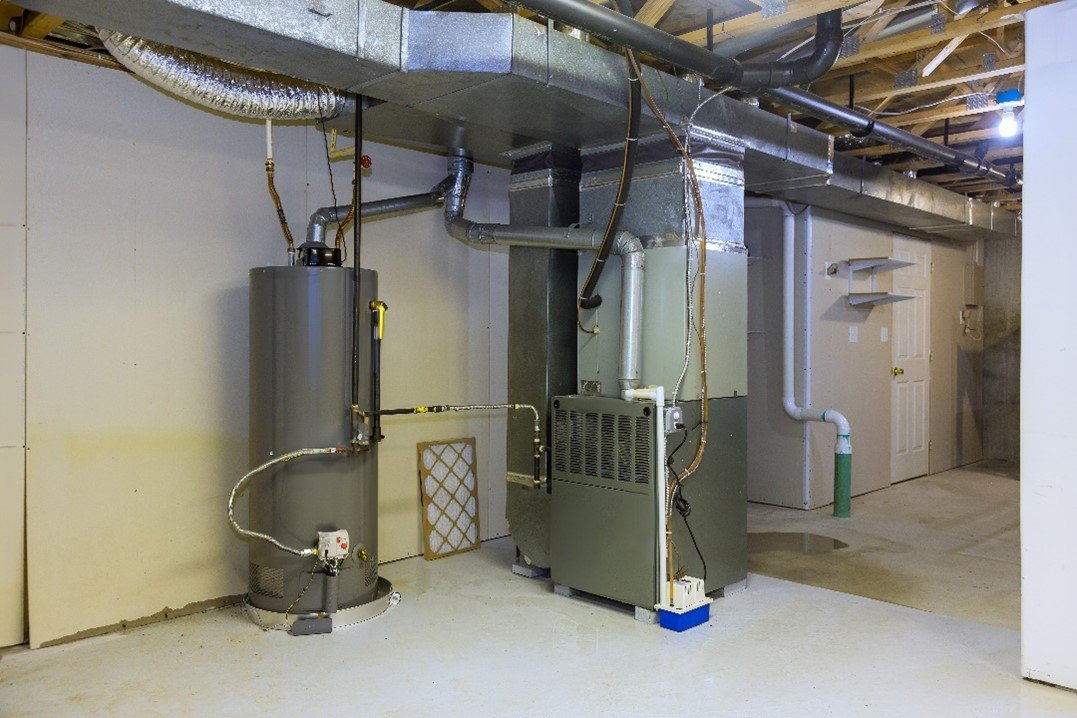How to Purge your Water Heater
Your water heater is the unsung hero of your home, providing a reliable supply of hot water for everything from cozy showers to spotless dishes. But like any hardworking appliance, it needs a bit of loving care to keep running smoothly. One of the most effective, and surprisingly simple ways to ensure your water heater’s efficiency and extend its lifespan is through regular maintenance. Specifically, by purging the tank periodically. This important task can prevent costly repairs, lower your energy bills, and keep your water heater performing at its best.
Over time, minerals and sediment from your water supply settle at the bottom of the tank. Left unchecked, this buildup can reduce your water heater’s capacity, hinder its ability to heat water efficiently, and even lead to premature wear and tear. The good news? Purging your water heater is a straightforward process that anyone can do with the right know-how.
In this comprehensive guide, we’ll walk you through the step-by-step procedure for safely draining, flushing, and refilling your water heater. Whether you have a gas or electric model, we’ll cover all the essentials to help you tackle sediment buildup with confidence. By removing accumulated debris, you not only protect your appliance from hard water damage but also ensure a consistent supply of hot water for your household.
So, roll up your sleeves and let’s get started. A bit of preventive maintenance today means fewer headaches in the future!
How to purge your gas water heater

- Turn off the Gas and Water Supply:
- Set the gas valve to “Pilot” or “Off” to prevent the burner from heating an empty tank.
- Turn off the cold-water supply valve at the top of the water heater
- Connect a Garden Hose:
- Attach a garden hose to the drain valve at the bottom of the water heater.
- Route the hose to a floor drain or outside.

- Open a Hot Water Faucet:
- Open a hot water faucet on the same level as the water heater to allow air into the system.
- Drain the Water Heater:
- Open the drain valve with a screwdriver or lever and let the water heater drain completely. This may take 30 to 40 minutes.
- Flush the Tank:
- Once the water heater is drained, open the cold-water supply valve for 20 to 30 seconds and close it. Repeat this 4 to 5 times to flush out any sediment from the bottom of the tank.
- If the water is not flowing out of the hose, try blowing air backwards into the hose to clear any debris blocking the valve.
- Close the Drain Valve:
- Close the drain valve tightly and remove the hose. Ensure it is not leaking.
- Refill the Tank:
- Open the cold-water supply valve and let the water heater fill completely.
- After the water heater is full, let the water run from the hot faucet for a minute to purge out any remaining air.
- Turn the Gas Back On:
- Turn the gas valve back to “On” and increase the temperature setting back to where it was. If you turned it off, you may need to relight the pilot light.
How to purge your electric water heater

- Turn Off the Power and Water Supply:
- Turn off the breaker for the electric water heater to prevent the element from heating an empty tank.
- Turn off the cold-water supply valve to the water heater.
- Connect a Garden Hose:
- Attach a garden hose to the drain spigot at the bottom of the water heater.
- Run the hose to a safe place, such as a floor drain or outside.
- Open a Hot Water Faucet:
- Open a hot water faucet in the house to allow air into the system.

- Drain the Water Heater:
- Open the drain valve and let the water drain out completely.
- Open the cold-water supply valve briefly several times to agitate the sediment at the bottom of the tank and flush it out.
- Flush the Tank:
- Fill the tank completely with cold water and drain it again. Repeat this process until the water runs clear.
- Close the Drain Valve:
- Close the drain valve and the pressure relief valve (if opened).
- Refill the Tank:
- Open the cold-water supply valve and let the water heater fill completely.
Open a hot water faucet to bleed out any air in the system.
- Turn the Power Back On:
- Set the thermostat back to the desired temperature and turn on the breaker for the electric water heater.